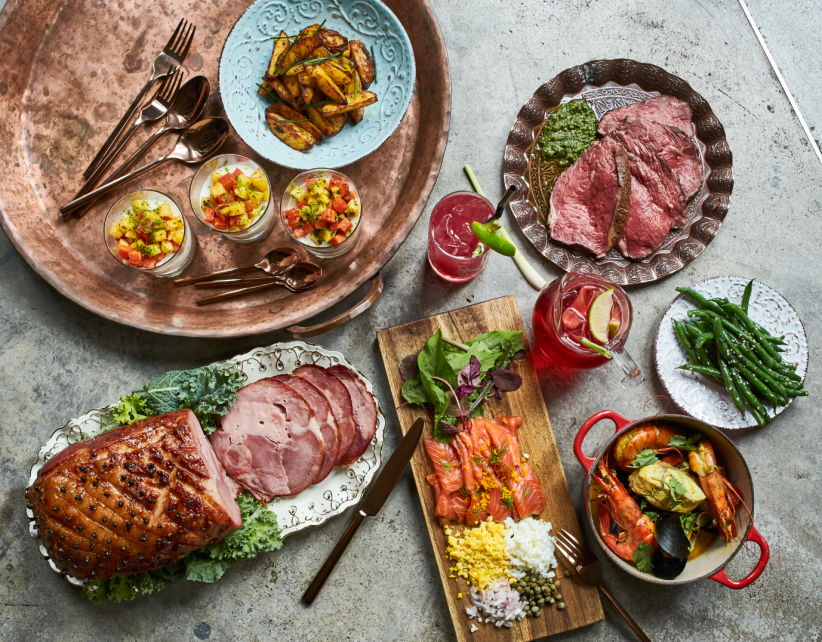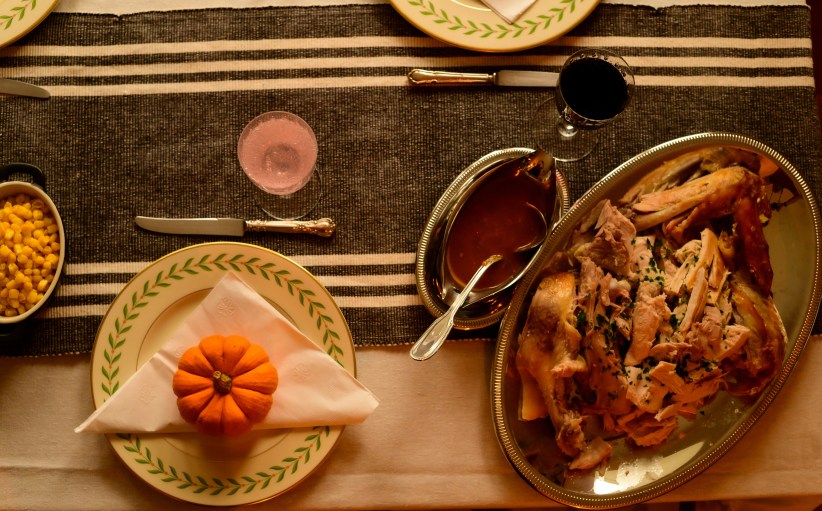Shopping at a farmers’ market not only offers some of the freshest fruits, veggies, and other foods, but it also offers the opportunity to buy locally, support small business, and connect with your community.
But as you explore farmers’ markets in your area, pay attention to the vendors’ food safety. Vendors often sell products outdoors where they are exposed to dirt, bugs, and pollutants. In addition, they usually have little access to water for product washing.
Most markets have their own food safety rules as well as related government regulations. But there are basic guidelines you should follow, too:
• Check the stands’ overall cleanliness, including gloves and clean utensils, covered garbage cans, coolers for perishables, and clean bags.
• Be sure to use separate reusable grocery totes for raw meat and poultry and ready- to-eat foods. It’s important to wash your reusable totes often. Unwashed grocery bags are breeding grounds for bacteria.
• Harmful food-borne pathogens like E. coli, salmonella, listeria, and norovirus may contaminate fruits and vegetables. To reduce your risk: Go early for the best selections, wash fruits and vegetables thoroughly, and dry them with a clean cloth or paper towel. Avoid produce with mold, bruises, or cuts.
• Wash produce even if you plan to peel it. Bacteria on the outside of melons and bananas can be transferred inside when you cut or peel them.
• Refrigerate cut or peeled fruits and vegetables within two hours.
• Only buy pasteurized milk products. Pregnant women, young children, and people with weakened immune systems are at higher risk for illness caused by listeria. Soft cheeses made from unpasteurized milk are one common source.
• Eggs should be properly chilled at 45-degrees Fahrenheit. Make sure eggs are clean and the shells are not cracked.
• Meat should be kept in closed coolers with ice. Perishables must be refrigerated within two hours (one hour if it’s more than 90-degrees Fahrenheit), so bring an insulated bag for the way home. Separate meat from other ready-to-eat foods, so the juices from raw meat do not come in contact with other foods.
• Only buy juice or cider that has been pasteurized.
• To locate a farmers’ market near you, go to www.local
Christine Palumbo is a Naperville-registered dietitian nutritionist. Follow her on Twitter @PalumboRD, Facebook at Christine Palumbo Nutrition, or Chris
Raspberry-blackberry Greek yogurt ice pops
Makes 6 to 8 (depending on the size of the mold)
INGREDIENTS:
2 cups fresh (or frozen and thawed) blackberries or raspberries
1/4 cup powdered sugar
16 ounces honey-flavored Greek-style yogurt
DIRECTIONS: Combine berries with powdered sugar in a blender or food processor, pulse until smooth to make purée. Spoon half the yogurt into a bowl and stir in 2 tbsp. of purée so it is stained pink. Spoon into ice pop molds, add the rest of the purée, then the rest of the yogurt. Push in ice pop sticks and freeze until solid.
NUTRITION FACTS: 90 calories, 16 g carbohydrate (14 g sugar), 6 g protein, 0 g fat, 25 mg sodium, 136 mg potassium, 2 g fiber
Adapted from the Oregon Raspberry and Blackberry Commission.
























